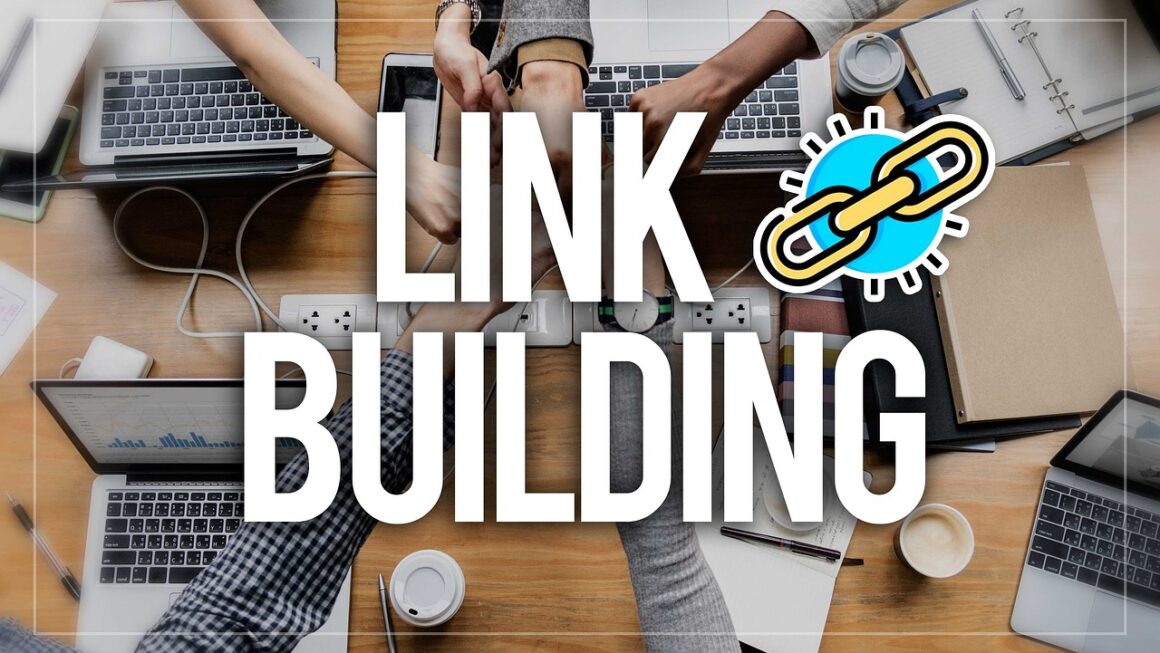In today’s fast-paced digital marketing landscape, standing out from the crowd requires more than just creative ad copy and visually appealing creatives. It demands data-driven decisions and the ability to adapt quickly to evolving consumer behavior. That’s where AI ad optimization comes in, revolutionizing how marketers create, manage, and optimize their advertising campaigns for maximum impact and ROI. Let’s delve into how artificial intelligence is transforming the world of digital advertising.
What is AI Ad Optimization?
Understanding the Core Concepts
AI ad optimization leverages artificial intelligence, specifically machine learning algorithms, to automate and enhance various aspects of the advertising process. Instead of relying solely on human intuition and manual adjustments, AI analyzes vast amounts of data to identify patterns, predict outcomes, and make real-time adjustments to improve ad performance. This includes elements such as:
- Targeting: Identifying the most receptive audience segments.
- Bidding: Optimizing bids to secure the best ad placements within budget.
- Creative Optimization: Suggesting variations in ad copy, images, and calls-to-action.
- Budget Allocation: Distributing budget across campaigns for maximum efficiency.
Benefits of AI Ad Optimization
Implementing AI in your advertising strategy can yield significant advantages:
- Improved ROI: AI-driven optimization leads to more efficient spending and higher conversion rates.
- Enhanced Targeting: AI identifies niche audiences and optimizes targeting parameters for better reach.
- Increased Efficiency: Automation frees up marketing teams to focus on strategic initiatives.
- Real-Time Optimization: AI continuously analyzes data and makes adjustments in real-time to adapt to changing conditions.
- Personalized Experiences: AI enables tailored ad experiences that resonate with individual users.
- Example: Imagine you’re running a campaign for a new running shoe. Without AI, you might target everyone interested in running. With AI, you can identify specific segments like “marathon runners training for an upcoming race” or “casual joggers looking for comfortable shoes,” and tailor your messaging accordingly.
Key Components of AI Ad Optimization
Machine Learning Algorithms
At the heart of AI ad optimization lies machine learning. Various algorithms are used, each with its strengths:
- Regression: Predicting click-through rates (CTR) and conversion rates.
- Classification: Identifying users likely to convert or engage with an ad.
- Clustering: Grouping users into segments based on shared characteristics and behaviors.
- Reinforcement Learning: Optimizing bidding strategies in real-time based on performance feedback.
Data Sources and Analysis
AI thrives on data. The more data it has, the more accurate its predictions and optimizations become. Key data sources include:
- First-party data: Website traffic, customer data, purchase history.
- Second-party data: Data shared by trusted partners.
- Third-party data: Demographic, interest, and behavioral data from external providers.
AI analyzes this data to identify patterns, predict user behavior, and optimize ad performance. This analysis involves techniques such as:
- Data mining: Extracting valuable insights from raw data.
- Predictive modeling: Forecasting future outcomes based on historical data.
- A/B testing: Comparing different ad variations to determine which performs best.
- Example: An e-commerce company uses AI to analyze customer purchase history and website browsing behavior. The AI identifies that customers who view a specific product category are more likely to purchase it if they are shown an ad featuring a related product. The AI then automatically adjusts the ad targeting to focus on users who have recently viewed that product category.
Implementing AI Ad Optimization
Choosing the Right Tools
Several AI-powered ad optimization platforms are available, each with its own features and capabilities. Some popular options include:
- Google Ads Smart Bidding: Automates bidding based on conversion goals.
- Facebook Automated Ads: Simplifies ad creation and optimization.
- Marin Software: Provides cross-channel advertising management and optimization.
- Albert AI: An autonomous marketing platform that handles ad buying and optimization.
When choosing a tool, consider factors such as:
- Your budget: Some platforms are more expensive than others.
- Your goals: What do you want to achieve with AI ad optimization?
- Your technical expertise: Some platforms are easier to use than others.
- Integration with existing systems: Ensure the tool integrates seamlessly with your current marketing stack.
Best Practices for Success
To maximize the benefits of AI ad optimization, follow these best practices:
- Define clear goals: What do you want to achieve with your advertising campaigns?
- Gather high-quality data: Ensure your data is accurate, complete, and relevant.
- Monitor performance closely: Track key metrics and make adjustments as needed.
- Combine AI with human expertise: Don’t rely solely on AI; use your own knowledge and experience to guide the process.
- Continuously test and iterate: Experiment with different approaches and refine your strategy over time.
- Example: A company wants to increase online sales of its new product. They define a clear goal: increase online sales by 20% within three months. They then use an AI-powered platform to optimize their ad campaigns, focusing on targeting, bidding, and creative optimization. They continuously monitor performance, make adjustments as needed, and combine AI insights with their own marketing expertise.
Overcoming Challenges in AI Ad Optimization
Data Privacy and Ethical Considerations
As AI relies heavily on data, it’s crucial to address data privacy and ethical concerns. Adhere to regulations like GDPR and CCPA and be transparent with users about how their data is being used. Implement data anonymization techniques to protect user privacy and avoid discriminatory practices in ad targeting.
Ensuring Transparency and Explainability
AI algorithms can sometimes be “black boxes,” making it difficult to understand how they arrive at their decisions. Strive for transparency and explainability by choosing platforms that provide insights into the factors driving optimization decisions. This allows marketers to understand the rationale behind AI-driven adjustments and build trust in the technology.
Addressing Bias in AI Algorithms
AI algorithms can inherit biases from the data they are trained on, leading to unfair or discriminatory outcomes. Actively monitor AI performance for bias and implement mitigation strategies such as:
- Data augmentation: Adding diverse data to the training set.
- Bias detection and correction: Identifying and removing biased data points.
- Regular audits: Evaluating AI performance for fairness and accuracy.
- Example: An AI-powered ad platform is used to target job ads. It is discovered that the algorithm is disproportionately showing ads for high-paying jobs to male users and ads for lower-paying jobs to female users. The company addresses this bias by retraining the algorithm with a more diverse dataset and implementing bias detection mechanisms.
Conclusion
AI ad optimization is no longer a futuristic concept but a present-day necessity for marketers seeking to maximize their advertising ROI. By understanding the core concepts, implementing the right tools, and addressing potential challenges, businesses can unlock the full potential of AI and achieve unparalleled results in their advertising efforts. Embrace the power of AI to transform your advertising campaigns and stay ahead in the competitive digital landscape.




